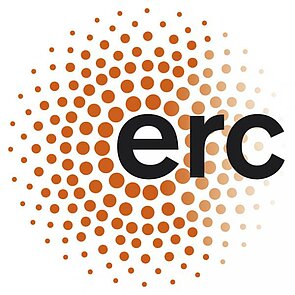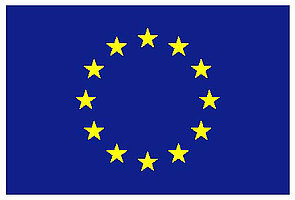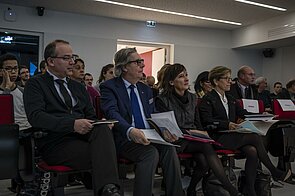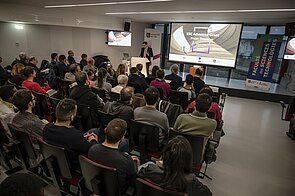Project
RHEOLOGY OF EARTH MATERIALS: CLOSING THE GAP BETWEEN TIMESCALES IN THE LABORATORY AND IN THE MANTLE
ERC Advanced Grant 2017 (Call ERC-2017-ADG)
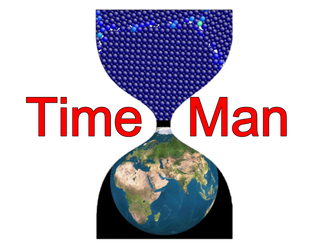
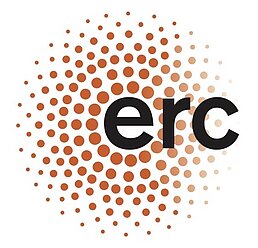
Principal investigator (PI): Patrick Cordier (CV, Publications)
PI's host institution : Université de Lille
Duration: 60 months
Starting date: April 2019
Project ID: 787198
Présentation:
Most large-scale geological processes such as plate tectonics or mantle convection involve plastic deformation of rocks. Constraining their rheological properties at natural strain-rates is something we can really achieve in the decade to come.
Presently, these theological properties are described with empirical equations which are fitted on macroscopic, average properties, obtained in laboratory experiments performed at human timescales. Their extrapolation to Earth’s conditions over several orders of magnitude is highly questionable as demonstrated by recent comparison with surface geophysical observables.
Strain rates couple space and time. We cannot expand time, but we can now reduce length scales. By using the new generation of nanomechanical testing machines in transmission electron microscopes, we can have access to elementary deformation mechanisms and, more importantly, we can measure the key physical parameters which control their dynamics. At this scale, we can have access to very slow mechanisms which were previously out of reach. This approach can be complemented by numerical modelling. By using the recent developments in modelling the so-called “rare events”, we will be able to model mechanisms in the same timescales as nanomechanical testing.
By combining, nanomechanical testing and advanced numerical modelling of elementary processes, I propose to elaborate a new generation of rheological laws, based on the physics of deformation, which will explicitly involve time (i.e. strain rate) and will require no extrapolation to be applied to natural processes.
Applied to olivine, the main constituent of the upper mantle, this will provide the first robust, physics-based rheological laws for the lithospheric and asthenospheric mantle to be compared with surface observables and incorporated in geophysical convection models.
The Kick-off meeting of the TimeMan project has taken place on February 6th, 2019
